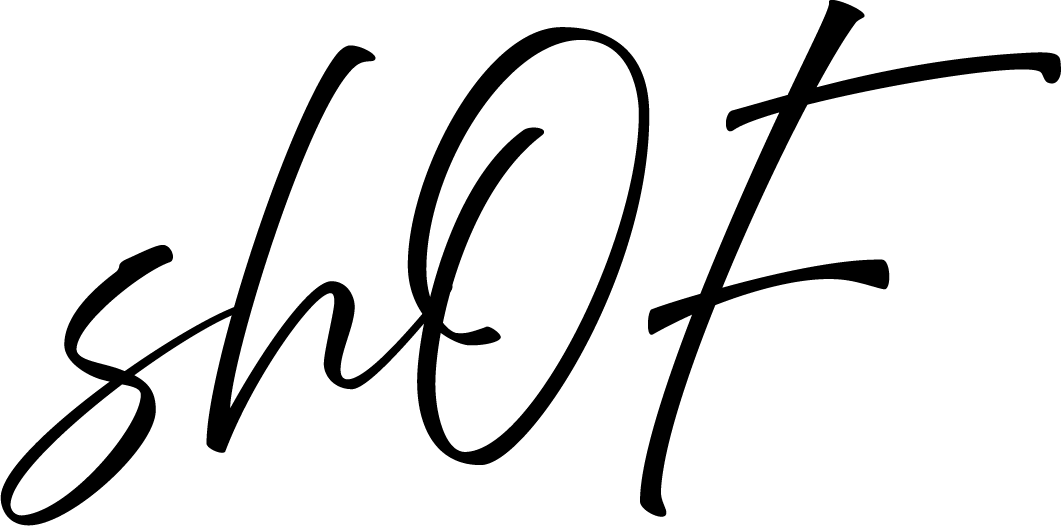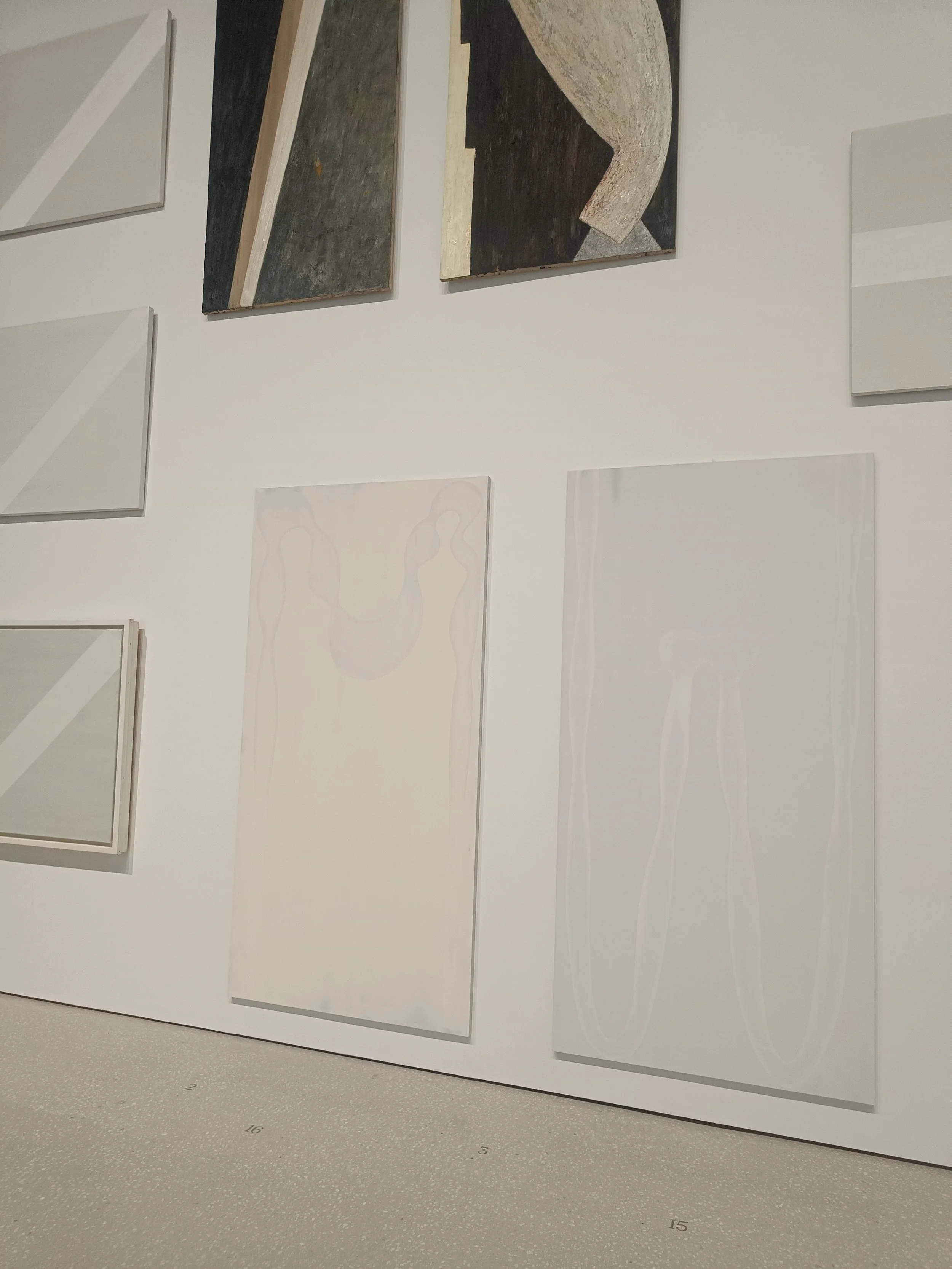Opacity and Lightness in A K Dolven’s amasone
Iliana Papadimitriou
photo: Iliana Papadimitriou
In this vast retrospective at the National Museum, A K Dolven’s work shines, spanning several mediums and materials: from airy video projections and sound installations, to condensed graphic works, photography, and sculpture. Exploring the geometric layout of the space, the viewer visits these distinct areas of her practice and timeline.
With a deft touch, Dolven displays a spectrum of opacities and weight in her work. This is seen in the objects’ diversity of materials and textural qualities chosen for this retrospective. Starting from “light”, bright projections, the natural path of the exhibition weaves towards “dense”, saturated sculptural pieces.
Firstly, the gauzy video projection ‘Moving Mountain’ (2004) brings us to a cliff’s edge, listening to faraway birds flying behind the mist above. The projection room itself is tilted, milky white, with opaque glossy walls delineating our gaze. This sense of haziness is echoed in her sketchbooks from 1981 onwards, where a selection of Dolven’s airy and loose markmaking floats on a transparent neoprene structure.
With her connection to the Arctic, many of Dolven’s drawings and video works are suitably large, saturated and dazzlingly white. This luminosity spreads and congeals in layers until full saturation. For example, in ‘Can Women Think’ (2004) white oil paint is smeared onto aluminium, making it difficult to distinguish Dolven’s designs from the heavy white glow behind. ‘From the empty sky’, ‘Virgin’, and ‘Engel’ (all 1991) also depict dense white oil on glass panels, where the pale angular motifs permeate shiny surfaces of the same hue. Personally, the power of these works lies in the arresting white after-image which feels burned or imprinted onto the eye.
photo: Iliana Papadimitriou
This potency of Arctic snow is also literally represented in several large-scale video works, especially ‘Vertical on my own’ (2011). Spreading horizontally across the entire back wall, several metres of soft, thin shadow rest on settled snow. The frosted turquoise wall panels behind also co-operate in this shifting game between density and visibility.
Anchoring the lightness of these works are Dolven’s solid, spare sculptures and use of technical equipment. Consisting of arctic marble, oil and neoprene, the sculpture installation ‘WHAT WILL THE WORLD BE FOR MY SISTER - WHAT WOULD THE WORLD HAVE BEEN FOR MY SISTER, upwards’ (2023) is a duo of densely pigmented blocks, with thin and transparent painted panels on the pictorial frame. Similarly, ‘16 sunsets’ (2022) is also a marble block, this time with thin slices across its top, and wooden shards pressed in between, as if to pry open the negative space. These pieces bring a physicality and thickness to the otherwise ethereal and hazy paintings and projections.
Adding to this physical weight is the video equipment used, notably for the title piece ‘amasone’ (2005). Here an original 16mm film projector heavily squats at eye-level, mechanically wringing out oily celluloid film. This gives a material substance to the flimsy, flickering projection on the wall, where a one-breasted woman shoots a bow and arrow.
As visitors descend shiny stone steps to exit the exhibition, a final breast floats out from a lactescent liquid in the video projection ‘januar’ (1997). This movement loops, like Dolven’s body of work, between the seen and unseen: opacity and transparency, lightness and weight.
photo: Iliana Papadimitriou



